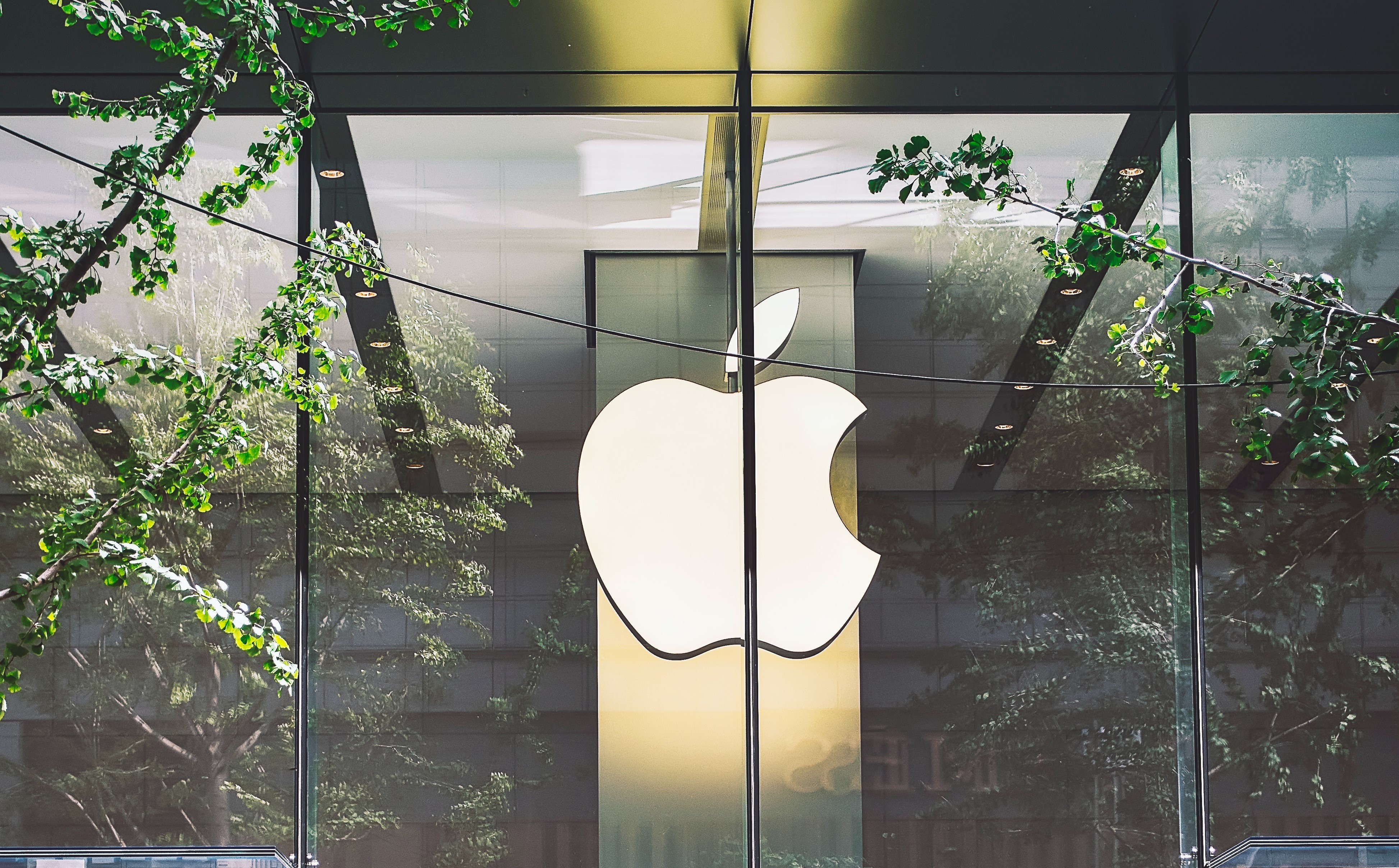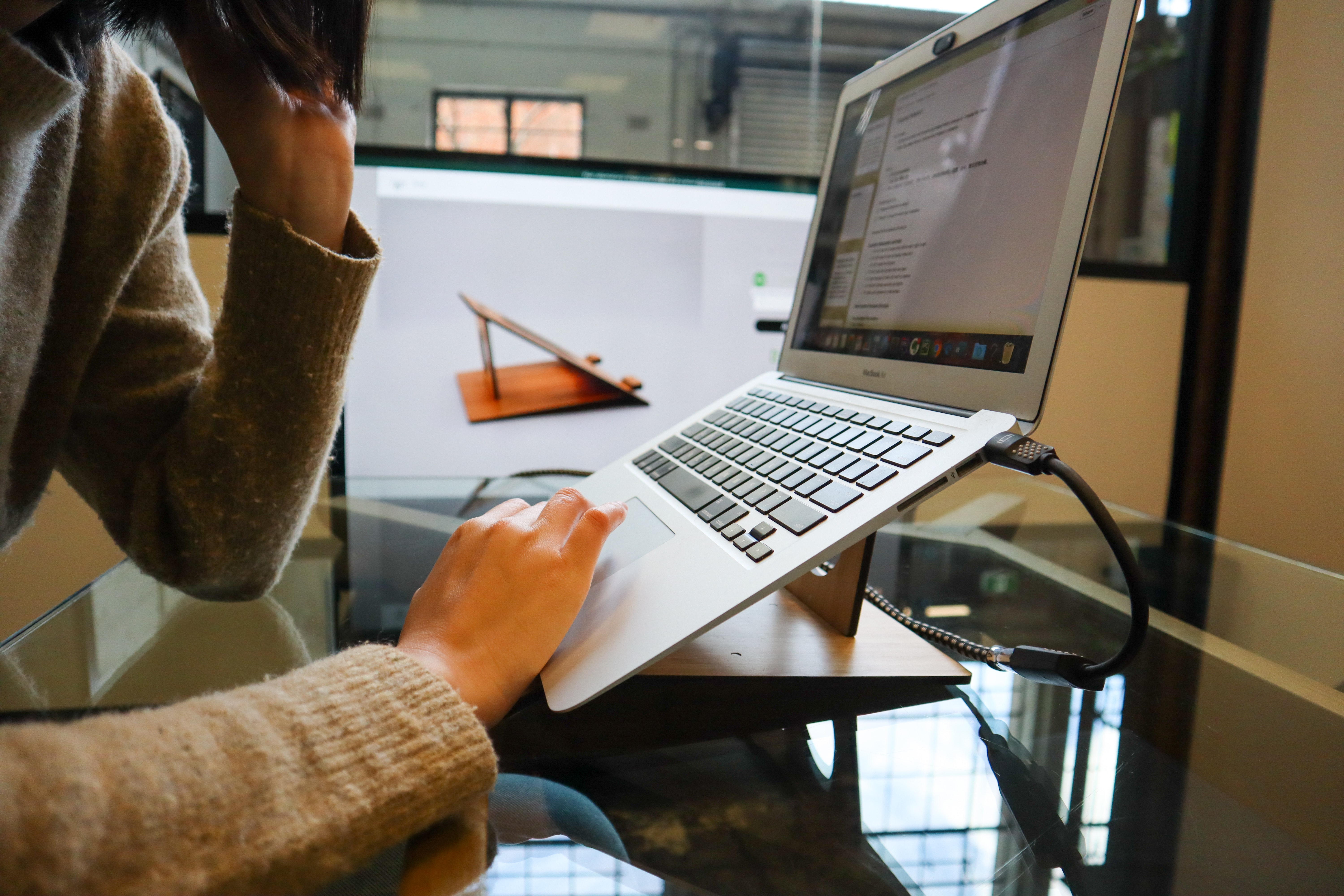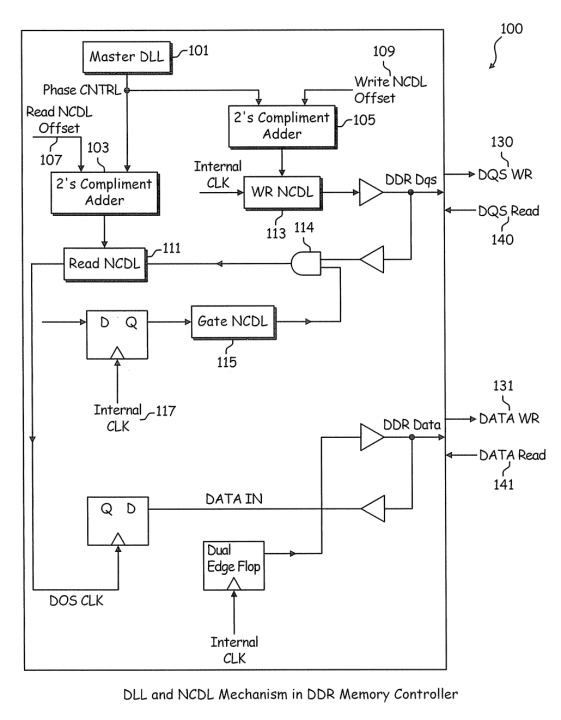Our last article on Apple’s patent portfolio was written back in 2018. Some things haven’t changed, such as the contention towards Apple’s seemingly relentless pursuit of market domination by any means necessary. Previously, we used Apple’s litigation activity as an example. However, more recently, tension over Apple’s messaging software has resurfaced with Google. One aspect of Apple that is certain to evolve is its intellectual property portfolios. So let’s take a look at how they have been making a splash there over the last few years.
Apple’s Patent Portfolio
Since our previous article, 2016 has surpassed 2015 as Apple’s peak in the number of patents granted. (This can occur due to a lag of up to 18-months between the date a patent application is filed and the date the information becomes publicly available.) A change can also be seen in the year patent applications peaked, from 2012 to 2013. We can also more confidently observe that Apple took what is its biggest dip in activity in 2017 – the year the iPhone 8 and iPhone X was released (phone models stated only as a reference to the time period, any relation to patent activity is not being claimed). Despite this dip, it appears Apple has been able to maintain growth ever since.
One major factor that contributed to the jumps in count observed for 2016 and 2013 are the thousands of assignments to Apple from Intel Corp. executed in 2019. Included within these patent assignments are over 500 patents that were granted to the original owner in 2016 , and over 1,000 that have application dates in 2013.
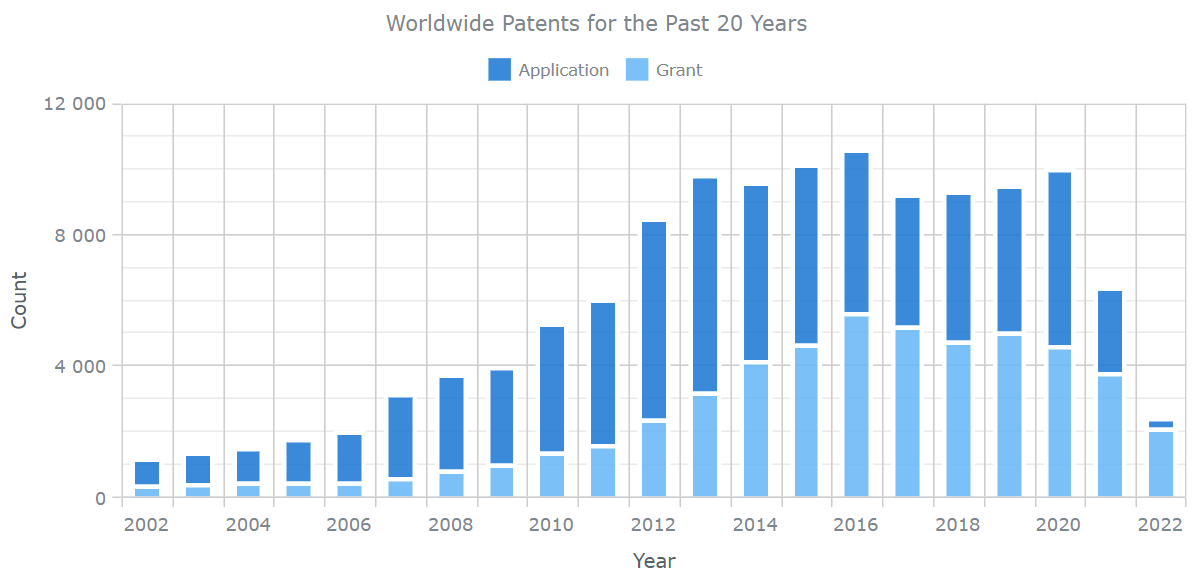
Patent activity of Apple, Inc. and their subsidiaries as seen in the ktMINE Profiles App.
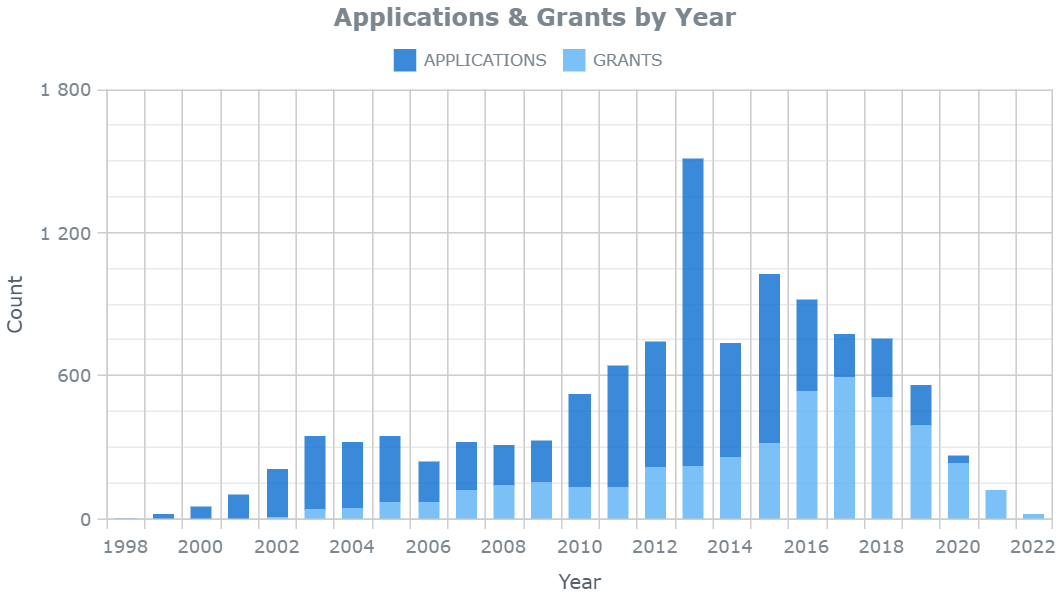
Breakdown of patents that were assigned by Intel Corp. to Apple, Inc.
Though Apple owns a majority of its patents, the biggest contributor to Apple’s patent portfolio is currently Yushu Zhang who co-owns over one hundred patents with Apple. All but one of these patents are applications, and the earliest application date is 2019, though the majority are from 2020. Most of Zhang’s contributions are in the field of “wireless communication networks” and the “transmission of digital information.”
Over the years, the count of trademarks owned directly by Apple has not drastically changed. Registered trademarks have slightly surpassed 1,000 and unregistered have remained at a few hundred. When adding to the count the ownership of trademarks via subsidiaries, the count of both unregistered and registered trademarks respectively jump by about one hundred – a considerable change for unregistered trademarks. Of Apple’s subsidiaries, Beats Electronics, LLC is the biggest contributor, accounting for about half of the subsidiary’s unregistered/registered trademarks. Beats newest filing is for an unregistered US trademark filed in January of this year: “Beats Fit Pro”. This trademark is in use for Beats’ newer wireless headphones that entered the US market in late 2021 and were recently revamped and released in partnership with Kim Kardashian. Interestingly, before the US filing, this trademark was first filed in Jamaica in 2021 prior to it hitting the US market. Maybe a discovery of Apple’s secretive ways.

Beat’s trademark above was filed in Jamaica on August 12, 2021, and in the US on January 20, 2022.
A Look at Apple’s Virtual Reality & Augmented Reality Technology
In 2018, we pointed out some of Apple’s patents that supported its alleged desire to compete in the virtual/augmented reality (VR/AR) market, and this has continued to be apparent. Patent WO2022159639A1 (applied for in January of 2022) is regarding methods that claim to improve the accuracy and efficiency of interacting within a 3-D environment that is partially or completely virtual. It notes the method is applicable to various computer systems like desktop computers, smartphones, and even a head-mounted display – the goggle-like headwear used to experience virtual reality.
One aspect of the method uses the distance of the 3-D object from the viewpoint of the user relative to other objects in the environment to assess whether it can accurately detect which object the user’s gaze is directed towards. If accurate enough, a determination is made as to which object to direct inputs from the user’s hand (gestures, e.g. pinching by touching the thumb with another finger) detected by sensors and/or cameras built into the display. On the other hand (pun unintended), if the user is too far away from the object(s) and the device determines it is unable to accurately detect the direction of the gaze, it would prevent such input. Further, based on determining eye detection accuracy to be low, the device (labeled 101 below) could decide to place less reliance on the precision of the gaze and more on the proximity of the objects in the direction of the gaze. This method is illustrated in the screenshot below. Note that the table displayed in the background of the image may be incorporated from the physical environment, or completely virtual.
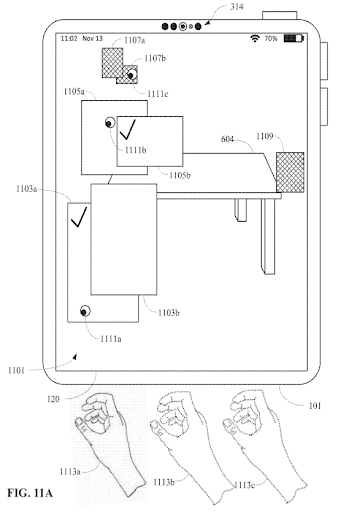
Due to the user’s hand (1113a), the device deems the eye gaze location detected (1111a) is accurate enough to rely on to determine object 1103a as the receptor of input. In regard to hand position 1113b, 1105b was chosen as the focus despite the user’s gaze (1111b) being directed towards 1105a because of the increased proximity.
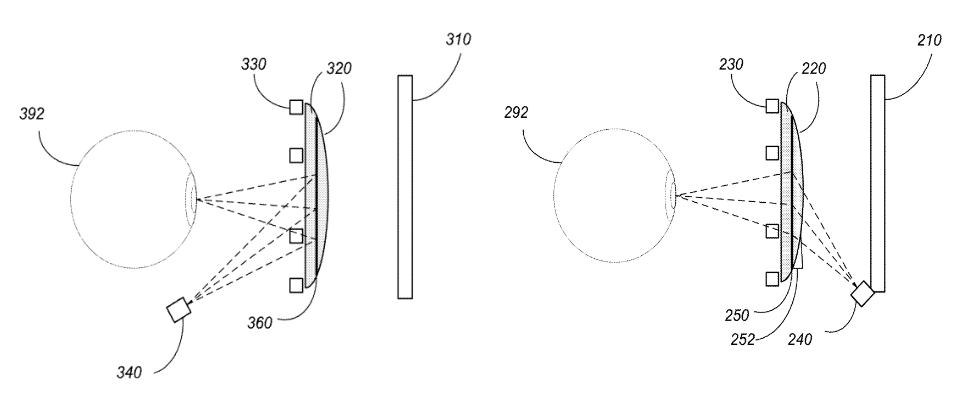
Illustration of two iterations of the method for eye tracking; the right is a medium that reflects infrared light to the camera, and the left is a medium that diffracts. Along with the display (310/210), all of this could be contained within a VR/AR head-mounted display.
As seen in the previous patent, a key part of VR/AR is eye tracking, something which has been “super hard” to achieve, even for a big tech company like Meta. Apple is taking a shot at it with patent application US2022236799A1 applied for in April of 2022 (though its Chinese equivalent was applied for back in 2020). Apple’s eye tracking method involves a source of infrared light (labeled 330/230 in the images below) that is directed towards and reflected off the eyes onto a medium (360/250) within the optical lenses (320/220). This light is then either reflected or diffracted, via the medium, towards an infrared camera (340/240). The camera captures and uses the images of the eyes made from the redirected light to track movement and/or dilation.
Apple’s Recent Trademarks
In our previous article, we pointed out that Apple has already filed for a list of trademarks via shell companies that they have been choosing from for its operating system names. Apple themselves only files for the trademark in the US when the operating system has been publicly announced. This trend has continued, with the trademark for its latest operating system being “Macos Monterey”- serial number 90758459. It was announced and filed for in the US on June 7, 2022.
Most of Apple’s recent trademarks are for services or products that have already been released. An example is “An Apple Original” for the movies and tv shows they release exclusively on the Apple TV+ platform. This trademark was filed for in July of 2022, though it’s been in use since 2019. Apple also filed for the name of its production company which produces the Apple TV+ content, “Apple Studios.” This is a more recent development, as this trademark has only been in use since this year. A trademark you may not have heard of that Apple filed for this year is “Developer Academy”- serial number 97456149. This trademark represents a program that trains for iOS app development and entrepreneurship. The program started in higher education institutions within Brazil and has now expanded to five more countries, one being the United States. Outside of Brazil, enrollment into the program is open to all people, regardless of experience. In fact, the first class in the US recently graduated. Apple’s development of its business-related products and services is also evident with trademarks like “Apple Messages for Business” which allows businesses to offer customer services directly through the iPhone Messages app; and “Business Essentials” – a platform for managing employees (both filed for in 2022, after already being in use).
Apple will Continue to do What Apple Does
Apple has been consistent in making sure to not give any hints about future products and services with its IP portfolio. However, looking at the details of a patent gives a level of insight into its technological intentions that the news will rarely touch on. From the advancement of the patents behind Apple’s eagerly anticipated VR/AR product to its behind the scene advances in the provision of business services, Apple is willing to meet the demands of a variety of markets. Regardless of when we find out, anything Apple is planning to get into next is destined to pique interest.
